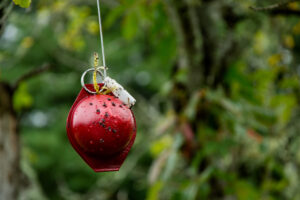
WNC Orchard Insect Pest Populations - August 7, 2024
First generation brown marmorated stink bug continues to emerge throughout the region. Temperatures have not been quite as warm …


El inglés es el idioma de control de esta página. En la medida en que haya algún conflicto entre la traducción al inglés y la traducción, el inglés prevalece.
Al hacer clic en el enlace de traducción se activa un servicio de traducción gratuito para convertir la página al español. Al igual que con cualquier traducción por Internet, la conversión no es sensible al contexto y puede que no traduzca el texto en su significado original. NC State Extension no garantiza la exactitud del texto traducido. Por favor, tenga en cuenta que algunas aplicaciones y/o servicios pueden no funcionar como se espera cuando se traducen.
Inglês é o idioma de controle desta página. Na medida que haja algum conflito entre o texto original em Inglês e a tradução, o Inglês prevalece.
Ao clicar no link de tradução, um serviço gratuito de tradução será ativado para converter a página para o Português. Como em qualquer tradução pela internet, a conversão não é sensivel ao contexto e pode não ocorrer a tradução para o significado orginal. O serviço de Extensão da Carolina do Norte (NC State Extension) não garante a exatidão do texto traduzido. Por favor, observe que algumas funções ou serviços podem não funcionar como esperado após a tradução.
English is the controlling language of this page. To the extent there is any conflict between the English text and the translation, English controls.
Clicking on the translation link activates a free translation service to convert the page to Spanish. As with any Internet translation, the conversion is not context-sensitive and may not translate the text to its original meaning. NC State Extension does not guarantee the accuracy of the translated text. Please note that some applications and/or services may not function as expected when translated.
Collapse ▲
First generation brown marmorated stink bug continues to emerge throughout the region. Temperatures have not been quite as warm …
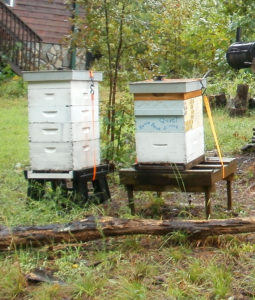
With the track of tropical storm Debby poised to make a significant impact on North Carolina, there are some …
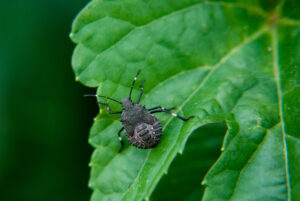
Based on the codling moth degree day (DD) model, emergence of second generation adults is nearly complete in Henderson …
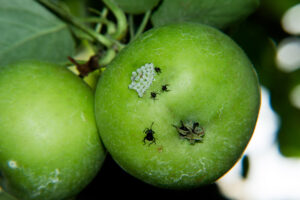
Based on degree-day (DD) accumulations, we remain about 10 to 14 days ahead of last year in terms of …
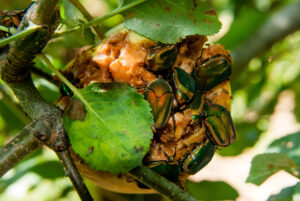
Second generation codling moth is still a potential concern throughout the region. At about 1720 and 2100 degree-day (DD) …
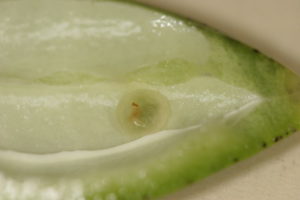
Following the reduced-spray environment brought by Bt cotton, stink bugs became a consistent pest. These were a major concern …
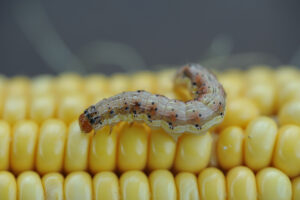
As I mentioned in a soybean article, corn earworms are early this year, populations are high, and moths are flying. …

Based on degree-day accumulations, the codling moth degree-day (DD) model predicts that second generation adult emergence is about 30% …
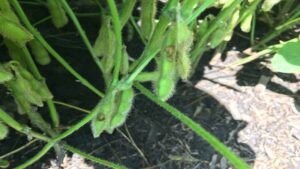
For many years, corn earworm has been the top pest in North Carolina soybeans in terms of cost of …

Codling Moth: As summarized in last week’s update, second generation codling moth is the key concern at this time. …

It’s Time for Second Generation Codling Moth Current Conditions: In lower elevation orchards (i.e., less than about 1400 feet, such …
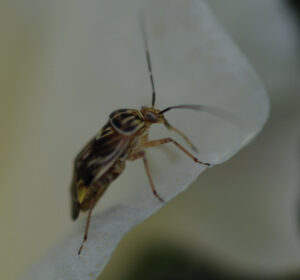
With cotton squaring, growers should have someone scouting their fields weekly for tarnished plant bugs. With the dry conditions, …
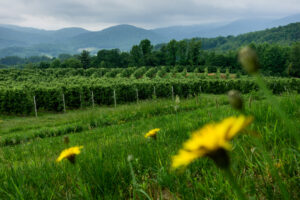
Little has changed in the past week in terms of arthropod pests of apples. We are currently between first …

With codling moth degree days at about 750 and 1000 in Henderson and Cleveland Counties, respectively, first generation flight …

Codling moth degree-day (DD) accumulations are currently about 620 and 830 in Henderson and Cleveland Counties, respectively. At 620 …
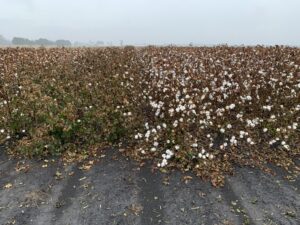
The short answer for thrips is no, and for plant bugs, yes, if it hits threshold. We covered this …
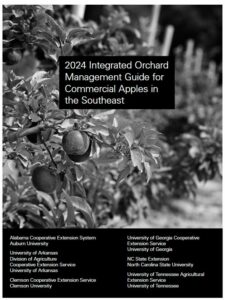
The 2024 version of the Integrated Orchard Management guide for Commercial Apples in the Southeast is now available online …
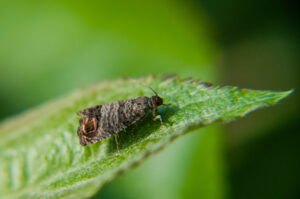
Once again, codling moth continues to be the key pest of concern throughout the region, and we are in the …

Codling Moth remains the primary insect of concern at this time. As of May 14, the egg hatch model …
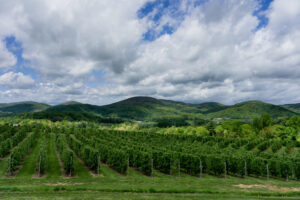
Codling moth remains the key potential pest at this time throughout the region, ranging from early to mid-egg hatch …